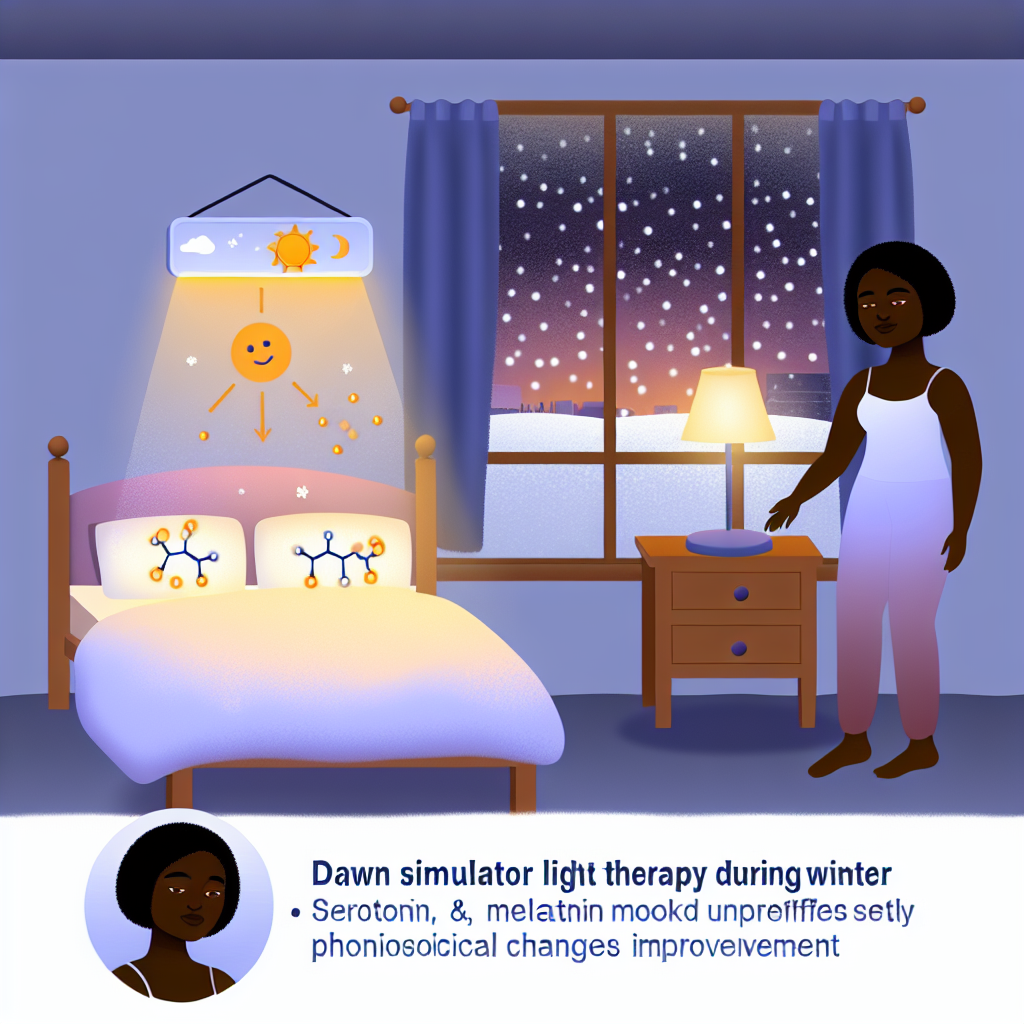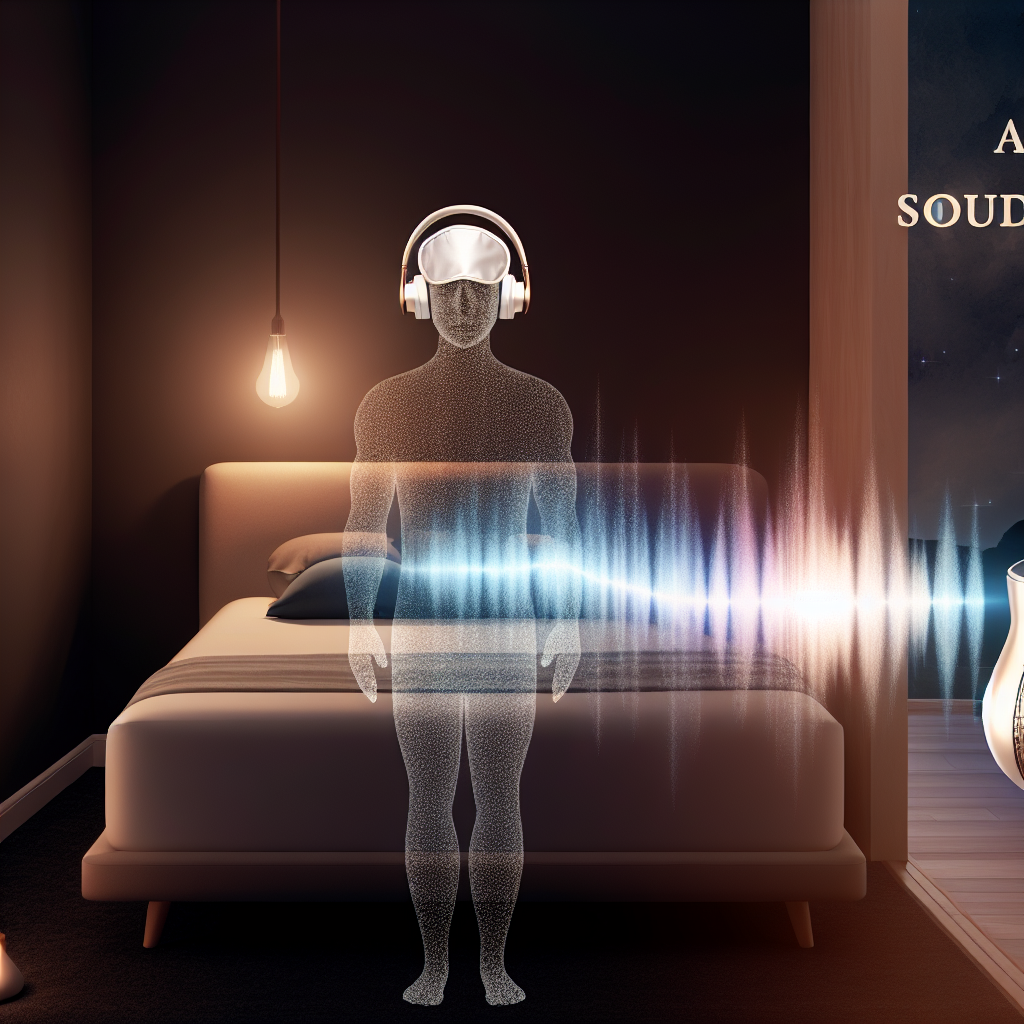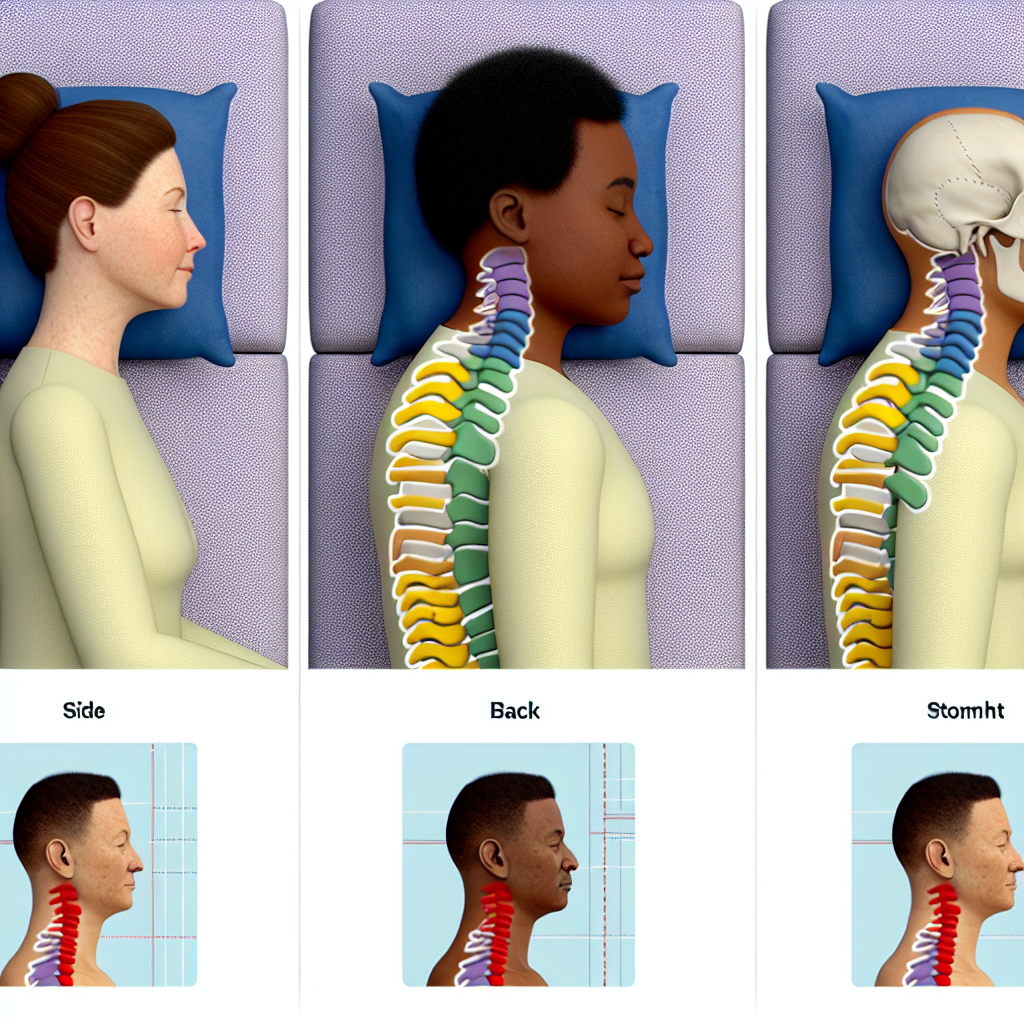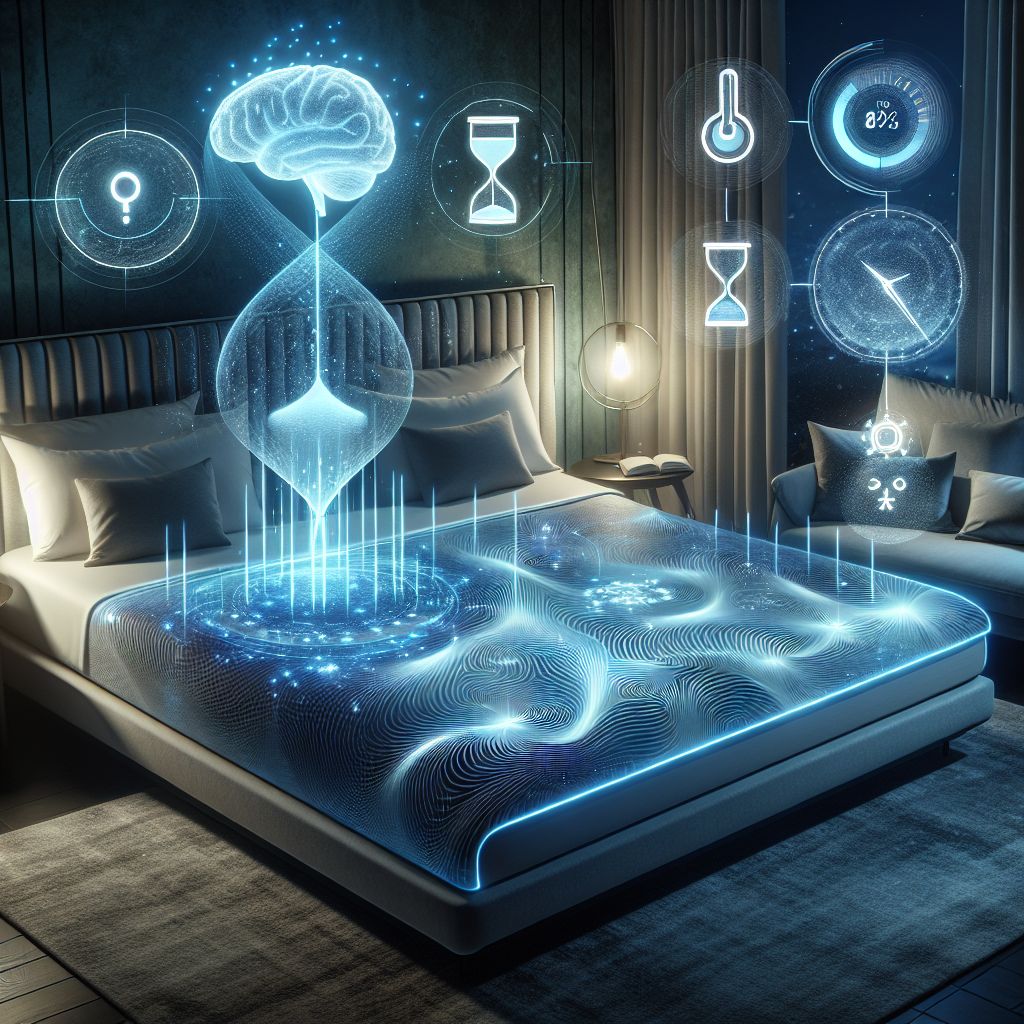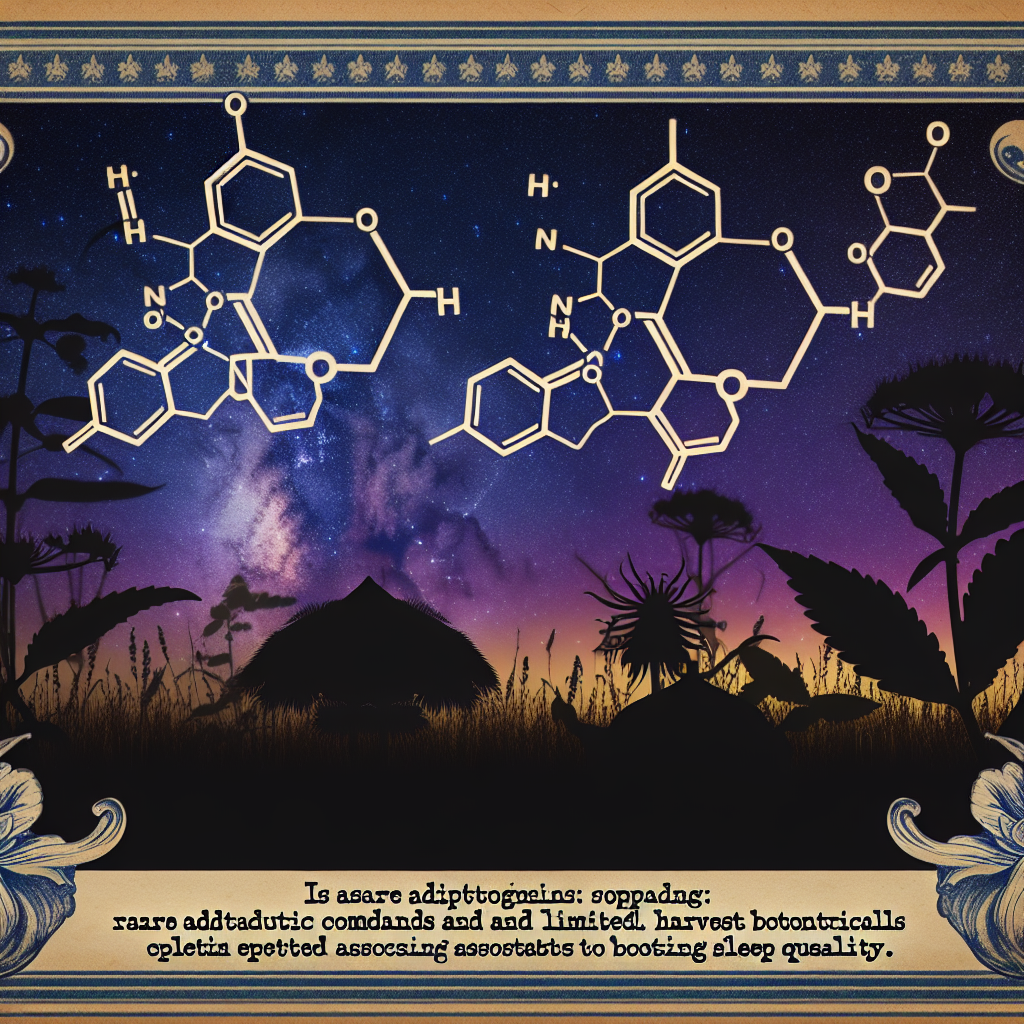Light Therapy Protocol – Dawn Simulator for Winter Depression
Introduction
As the colder months arrive and daylight hours shrink, many individuals notice significant changes in their mood, sleep patterns, and overall vitality. This phenomenon is often linked to Seasonal Affective Disorder (SAD), a type of depression that surfaces during the fall and winter. It affects both mental well-being and daily functionality, particularly among those living in regions with prolonged darkness.
To counteract these symptoms, one increasingly recommended and effective treatment is light therapy. While traditional bright light boxes remain widely used, newer approaches like dawn simulation offer a more natural, user-friendly alternative.
Dawn simulators mimic the slow natural sunrise by gradually increasing bedroom light levels. Unlike light boxes that require users to sit in front of them for extended periods, dawn simulators work passively, gently waking users without startling alarms. This incremental morning light helps regulate melatonin and serotonin—hormones essential for sleep and mood regulation.
Benefits go beyond relieving winter depression. Using a dawn simulator can enhance cognitive performance, promote healthier sleep-wake cycles, and increase morning alertness. When used consistently, dawn simulation becomes not just a mood-boosting tool but an integral part of a science-backed approach to optimal sleep and mental health during the darker months.
Scientific Features and Medical Studies
The efficacy of light therapy for SAD is well-documented. More specifically, evidence increasingly supports the effectiveness of dawn simulation as an alternative to the more traditional bright light box method—particularly for those sensitive to intense light or who struggle to adhere to fixed therapy sessions.
A key study by the Center for Environmental Therapeutics reported that dawn artificial lighting significantly improved the symptoms of individuals with SAD. Compared to light boxes, dawn simulators resulted in fewer side effects and better user compliance, reinforcing their value as a practical treatment solution.
In a major clinical trial published in American Journal of Psychiatry, dawn simulation lighting systems—starting at 1 lux and rising to 300 lux over 90 minutes—yielded similar antidepressant effects as conventional 10,000 lux light boxes. However, dawn simulators were associated with reduced eye strain and were easier to incorporate into daily routines.
From a sleep regulation perspective, gradual light exposure prevents abrupt cortisol spikes while helping naturally reduce melatonin levels in the morning. A review in Sleep Medicine Reviews revealed that dawn simulation helps ease people into wakefulness, thus minimizing sleep inertia—that groggy, disoriented feeling upon waking.
Furthermore, the National Institute of Mental Health (NIMH) officially classifies both bright light therapy and dawn simulation as first-line treatments for managing SAD.
A study in the journal Journal of Sleep Medicine Reviews added that artificial morning light positively impacts cognitive performance and cortisol balance, leading to better daytime focus and mood regulation.
Moreover, dawn simulators are safe for various age groups—from teens to seniors—making them ideal for widespread use in household sleep and mental health improvement.
How to Incorporate Dawn Simulation into Your Routine
For optimal results, it’s vital to integrate dawn simulators into a consistent morning schedule. Here are steps to maximize the benefits:
– Set the dawn simulator to begin 30–90 minutes before your desired wake-up time. The gradual increase in light should culminate right when you wake.
– Pair the light simulation with other healthy sleep practices, such as maintaining regular bedtimes, reducing screen time before bed, and avoiding caffeine late in the day.
– Choose a high-quality simulator that offers customizable brightness levels, gradual timing, and natural-spectrum lighting to mimic real sunlight as closely as possible.
– Use the device daily throughout fall and winter, even on weekends, to maintain consistent circadian signals.
Consistency is key to allowing your body’s internal clock to recalibrate and remain aligned throughout the darker seasons.
Conclusion
As our understanding of circadian rhythms deepens, dawn simulators have proven to be an accessible, science-backed remedy for winter depression, especially Seasonal Affective Disorder (SAD). By gently preparing the body for wakefulness, they circumvent typical issues of abrupt waking or the need to sit under a bright light box.
Unlike alarm clocks or stimulants, they work in harmony with your natural biological processes—activating serotonin in the morning and helping regulate melatonin at night. When used as part of a broader wellness protocol that includes proper sleep hygiene and lifestyle awareness, the result is brighter mornings, improved mood, enhanced attention, and overall better winter mental health.
Before beginning any new therapy, especially if you’re currently under treatment or on medication, consult a healthcare provider to determine if dawn simulation is appropriate for your situation.
References
– National Institute of Mental Health (NIMH) – Seasonal Affective Disorder
– Terman M, Terman JS. Controlled trial of naturalistic dawn simulation – American Journal of Psychiatry
– Gabel V. et al. – Artificial dawn and cognitive performance – Journal of Sleep Medicine Reviews
– Center for Environmental Therapeutics – Light Therapy Resources
– Sleep Medicine Reviews – Dawn simulation as a therapeutic intervention
Concise Summary
Dawn simulators are a gentle, effective form of light therapy that gradually brightens the bedroom in the morning to mimic a natural sunrise. Backed by clinical studies, they help alleviate symptoms of Seasonal Affective Disorder, regulate circadian rhythms, and enhance sleep quality without the discomfort of traditional light boxes. Suitable for all ages, dawn simulators improve mood, morning alertness, and overall mental well-being during dark winter months. When used consistently, they become part of a healthy, holistic protocol for sleep and emotional health. Always consult your doctor before beginning light therapy for depression.

Dominic E. is a passionate filmmaker navigating the exciting intersection of art and science. By day, he delves into the complexities of the human body as a full-time medical writer, meticulously translating intricate medical concepts into accessible and engaging narratives. By night, he explores the boundless realm of cinematic storytelling, crafting narratives that evoke emotion and challenge perspectives.
Film Student and Full-time Medical Writer for ContentVendor.com
